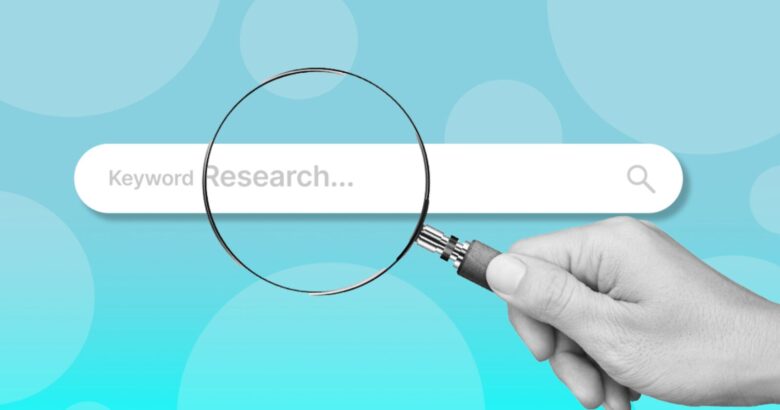
Targeting the Right Audience: Strategies for Effective Google Ads Campaigns
Digital marketing has become a vital part of modern businesses, and one platform that has been a game-changer is Google Ads. However, in the midst of the vast online population, targeting the right audience for an ad campaign can be challenging. Yet, it is a fundamental step in ensuring the efficiency of your Google Ads campaign. By targeting the right audience, companies can optimize their advertising budget, increase conversions, and ensure a high return on investment.
Understand Your Audience
Before launching a Google Ads campaign, it is essential to thoroughly understand your audience. This entails identifying demographic characteristics such as age, gender, and geographic location, but also diving deeper into your customers’ needs, preferences, and behaviors. Research tools like Google Analytics and Google Trends can offer valuable insights into your customer profiles and help define your target audience.
Utilize Keyword Targeting

Keyword targeting is one of the most effective strategies for reaching the right audience on Google Ads. By identifying and targeting specific keywords related to your product or service, you can ensure your ads appear to users who are actively searching for what you offer. Keyword research tools such as Google Keyword Planner can help identify high-performing keywords in your industry. For more info about keywords and Google’s advertisements visit https://asaseo.net/.
Leverage Demographic Targeting
Google Ads allows advertisers to target specific demographics. This is a powerful feature that can help you refine your audience based on age, gender, parental status, or household income. Understanding the demographic attributes of your potential customers can help you tailor your ads more effectively, ensuring they resonate with the right people.
Embrace Affinity and In-Market Segments
Another advanced feature of Google Ads is the ability to target affinity and in-market segments. Affinity audiences are users who have a strong interest in specific topics. On the other hand, in-market audiences are users actively considering buying a product or service. By targeting these segments, advertisers can reach users who are more likely to convert.
Retargeting: Don’t Forget About Past Visitors
Retargeting is a strategy that targets users who have previously visited your website but did not convert. Google Ads can track these users, allowing you to show them relevant ads across Google’s network. This strategy increases your chances of reconnecting with potential customers and encouraging them to complete a purchase.
Harness the Power of Ad Scheduling

Ad scheduling allows you to choose specific days and times when your ads will run. If you understand when your target audience is most likely to be online and searching for products or services like yours, you can leverage this feature to increase the effectiveness of your campaign.
Conclusion
Effective Google Ads campaigns hinge on reaching the right audience. Understanding your audience, leveraging keyword and demographic targeting, embracing affinity and in-market segments, retargeting past visitors, and harnessing the power of ad scheduling are proven strategies that can significantly improve your Google Ads performance.
It’s crucial to remember that a successful campaign doesn’t stop at targeting. Regularly reviewing and adjusting your strategies based on performance data will ensure your Google Ads campaigns continue to reach the right people, at the right time, with the right message.




